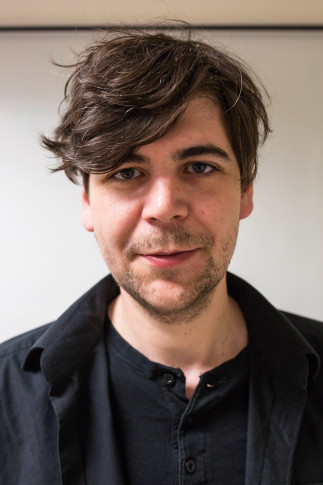Roger Müller, Département de physique, Université de Montreal, Montréal, QC, Canada
In my talk I will revisit the different steps that led to the discovery of the first topological insulator (TI). We will see the most important concepts in describing this new state of matter, and what its fascinating consequences are. To motivate the subject we will review the quantum Hall effect and the first realization of a two-dimensional topological insulator in a HgTe/CdTe quantum well, before we generalize these results to 3 dimensions. We will see how one can incorporate principles of topology to characterize a specific system with the use of topological invariants. In the second part of the talk we go one step further and ask the question if topological order can coexist with a broken symmetry state - moreover, if it is possible that a local order parameter which breaks one or more symmetries can give rise to topological order. In this context we turn to a first derivative of the TI state, the antiferromagnetic topological insulator (AFTI). After theoretically motivating the subject we take a look at two half-Heusler compounds, materials that where suggested on the base of their structure, as prime candidates for this new state of matter. We will investigate if they fulfill the needed prerequisites for an AFTI [1].
- R. A. Müller et al., Phys. Rev. B 90, 041109 (2014).
Voici le lien vers la page web du groupe de recherche du M Müller
Cette conférence est présentée par le RQMP Versant Nord du Département de physique de l'Université de Montréal et le Département de génie physique de Polytechnique Montréal.

